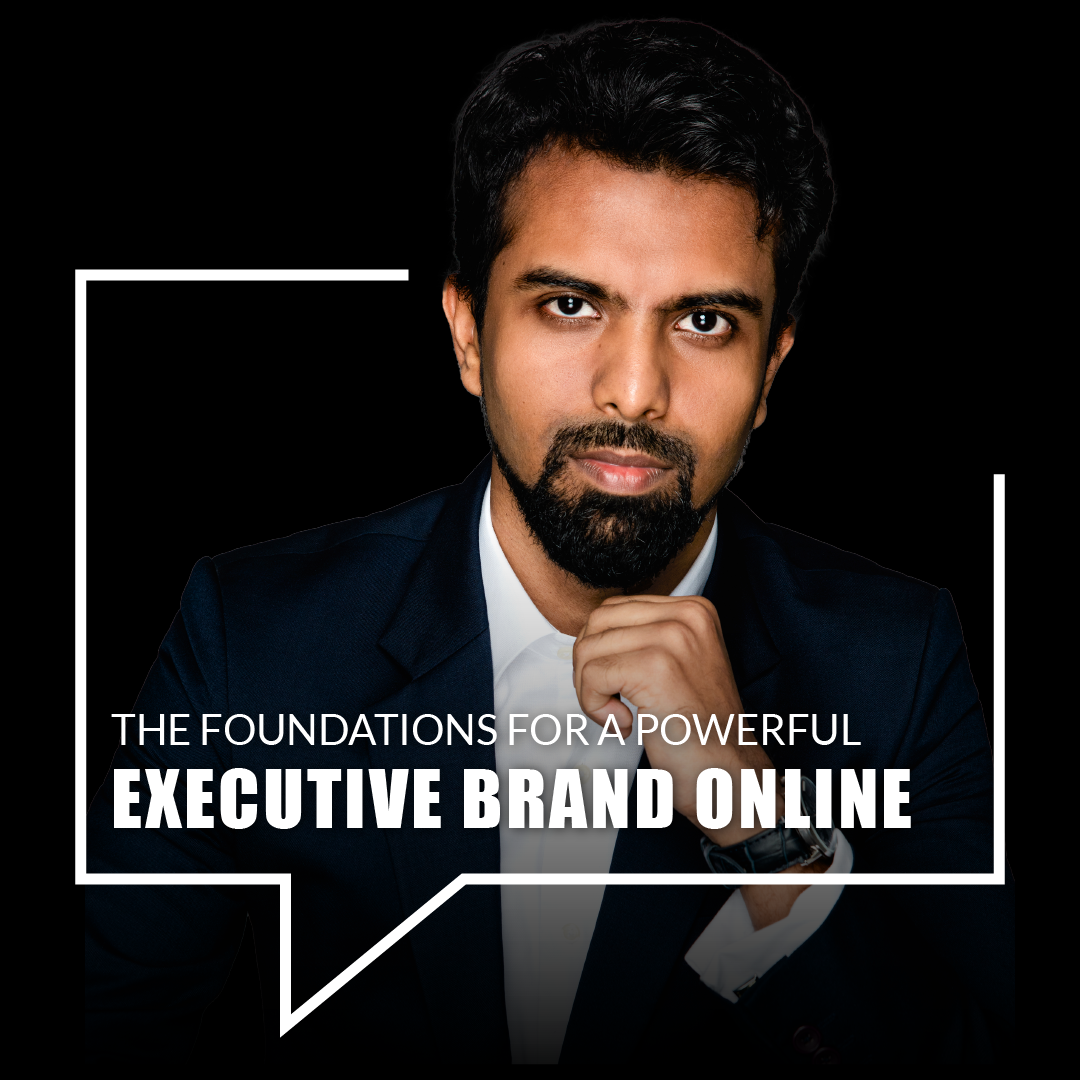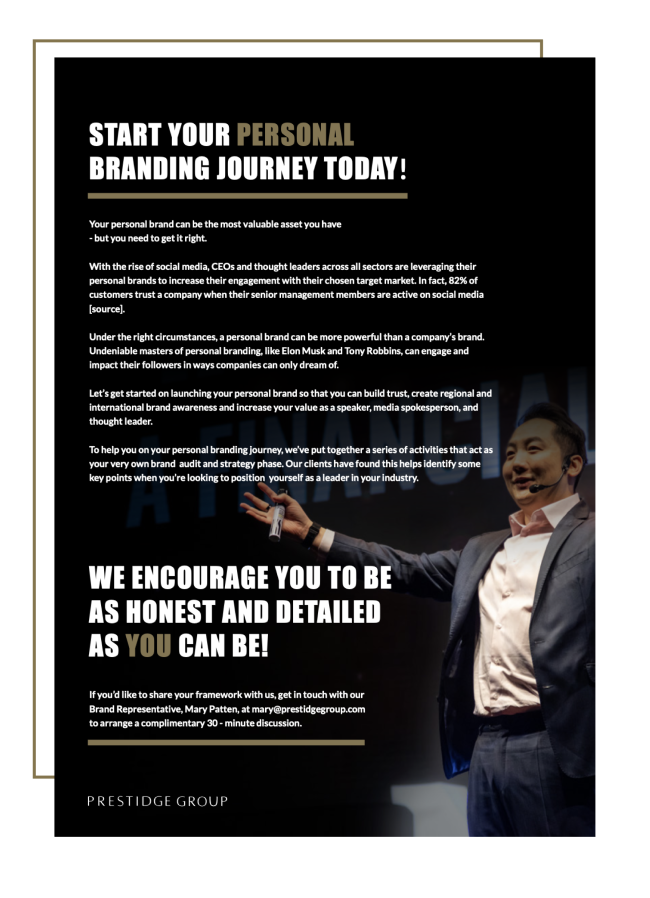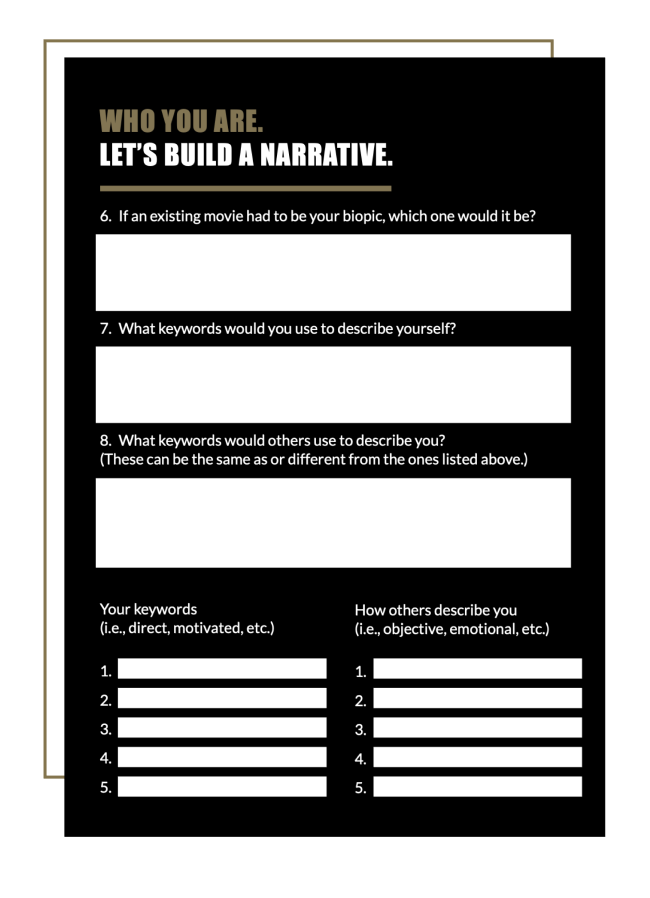
Here’s the truth: In the world of business and entrepreneurship, building a strong personal brand has become a necessity. It’s not just about what you do, but also about how you present your ideas and insights to the world.
This is where thought leadership comes into play, serving as a cornerstone in establishing a robust and impactful personal brand.
Understanding Thought Leadership
At its core, thought leadership is about being recognized as an authority in your specific field. It’s about contributing new ideas, insights, and perspectives that provoke thought and inspire action. Thought leaders are not just experts; they are trailblazers who challenge the status quo and lead conversations in their industry.
Thought Leadership as a Branding Tool
- Establishing Credibility: By consistently sharing innovative ideas and informed opinions, thought leaders build credibility. This credibility is fundamental in establishing trust with your audience, clients, or customers.
- Differentiation: In a crowded market, standing out is crucial. Thought leadership allows you to differentiate yourself by not just what you do, but how you think. It positions you as someone who adds value through unique insights.
- Creating a Narrative: Your personal brand is your story. Thought leadership gives depth to this narrative. It’s about sharing your journey, the challenges you’ve faced, the solutions you’ve discovered, and the knowledge you’ve gained along the way.
- Engaging with Your Audience: Thought leadership is not a one-way street; it’s about engaging in meaningful conversations. It opens up opportunities to interact with your audience, understand their needs, and tailor your message to resonate with them.
- Expanding Influence: As a thought leader, your influence transcends beyond your immediate network. Your ideas and insights can reach a global audience, extending your personal brand’s reach exponentially.
Cultivating Thought Leadership
- Content Creation: Regularly create and share content that reflects your expertise and insights. This can be through blogs, articles, podcasts, or videos.
- Media Relations: Establish credibility as a thought leader by publishing an opinion piece or bylined article in a trusted third-party news outlet that your target audience(s) regularly turn to for insights about their industry.
- Public Speaking: Engage in speaking opportunities at industry conferences, webinars, or workshops. This not only enhances visibility but also positions you as an expert in your field.
- Social Media Engagement: Utilize social media platforms to share your thoughts and engage with your audience. LinkedIn, Twitter, and Instagram can be effective platforms for thought leaders.
- Continuous Learning: Stay abreast of the latest trends and developments in your field. Continuous learning feeds into your ability to provide fresh and relevant insights.
- Networking: Connect with other leaders and influencers in your field. Collaboration can lead to new ideas and opportunities for growth.
Final Thoughts
Thought leadership is much more than just being an expert; it’s about being a visionary in your field. By leveraging thought leadership in your personal branding strategy, you not only establish credibility and influence but also create a lasting impact in your industry.
In the journey of building a strong personal brand, how you think and share those thoughts can set you apart from the rest.













